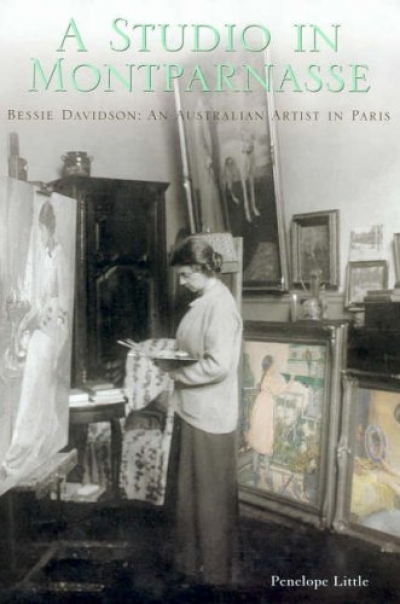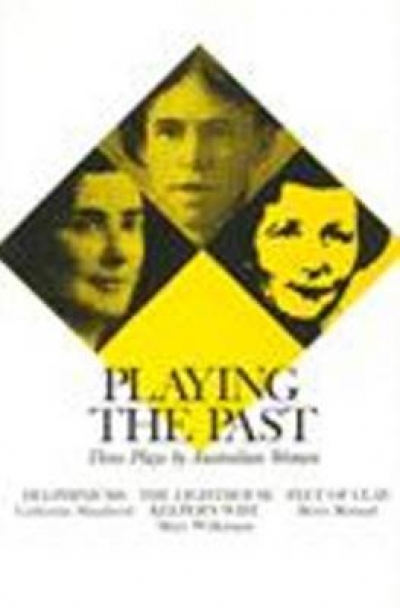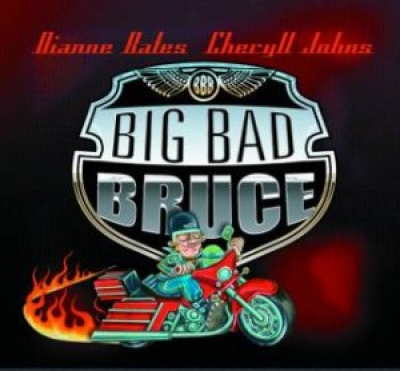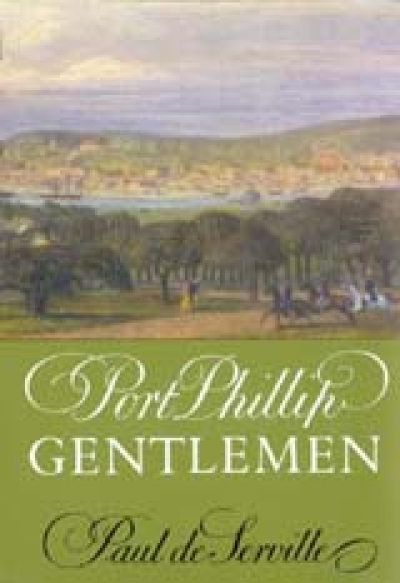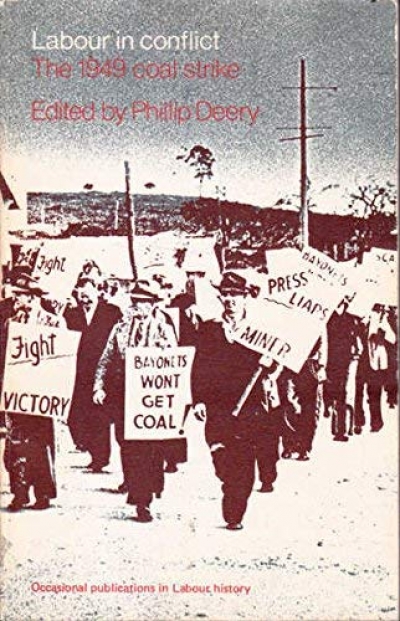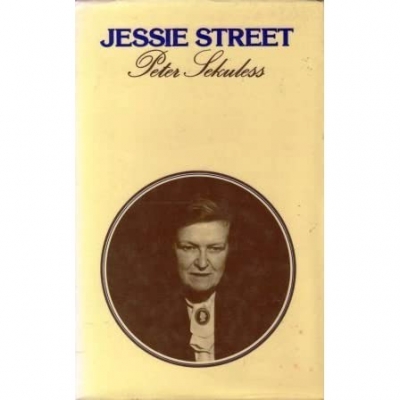Archive
A Studio in Montparnasse: Bessie Davidson, an Australian artist in Paris by Penelope Little
Dear editor, I have often wished that more of the letters to the editor would comprise interesting debate or comment on literary matters. Sadly, about ninety-five percent of them are responses by furious authors to what they perceive as an unfavourable review of their book. While boring, such letters are at least understandable as being the output of wounded childish egos. Not understandable, and in fact unethical and unforgiveable, are attacks by publishers on reviewers, such as happened a while back when Fremantle Arts Centre Press rushed into prolonged print via your letters to criticise Dr Ivor Indyk for having unfavourably reviewed one of the many collections of verse by John Kinsella which Fremantle has pumped out over the last few years.
... (read more)
